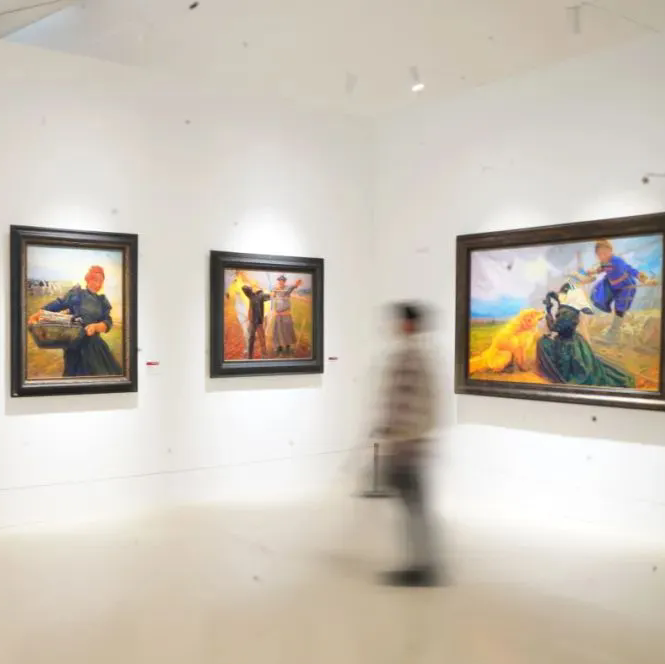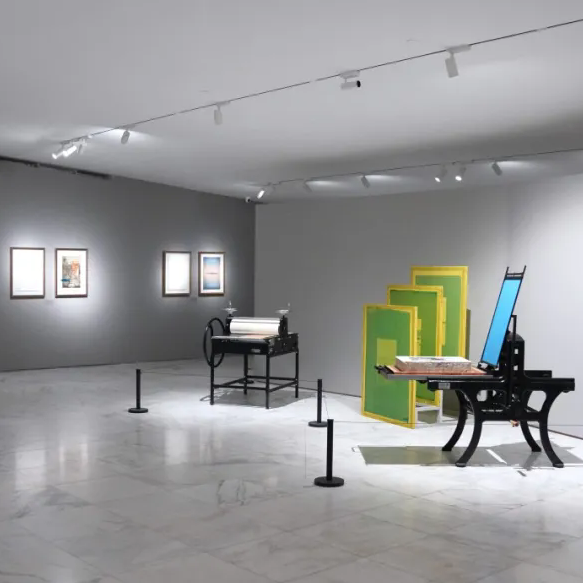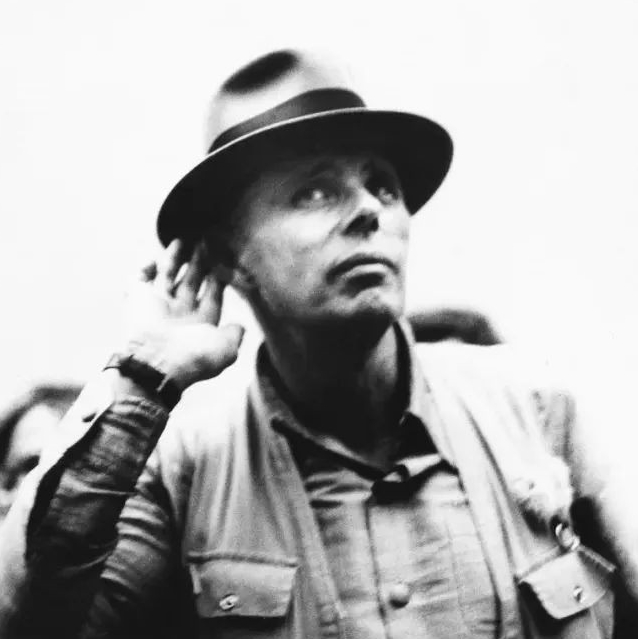
While highlighting the urban cultural attitude, constructing the urban cultural ecology and public cultural service system, “@WUHAN” has reached a consensus that it should meet the pluralistic and diverse cultural needs of the public. “@WUHAN 2022 | A Place without Whence or Whither: Chen Qi” kicked off at the Hubei Museum of Art on October 14th, 2022. The exhibition was curated by Fan Di’an, President of the Central Academy of Fine Arts and Chairman of the China Artists Association, and Ji Shaofeng, Director of the Hubei Museum of Art, served as Academic Chair. The exhibition features over 80 pieces of work by Chen Qi, covering his masterpieces of waterprint woodcut and new works, ink and wash paintings, installations, videos and so on.
 Being an artist with an international perspective and influence, Chen Qi has always passed on the adherence and innovation of traditional culture in his work. From his early “Ming-style Furniture Series”, “Buddhist Imprint Series”, “Lotus Series” to “Water Series” and “Notations of Time Series” in recent years, he has not only clarified the special temperament of waterprint woodcuts with an “aquatic nature” of traditional Chinese painting, but he also gradually constructed a self-expressive approach in Eastern natural philosophy using the contemporary conversion of traditional art, while his individual perspective of printmaking language is also well established.
Being an artist with an international perspective and influence, Chen Qi has always passed on the adherence and innovation of traditional culture in his work. From his early “Ming-style Furniture Series”, “Buddhist Imprint Series”, “Lotus Series” to “Water Series” and “Notations of Time Series” in recent years, he has not only clarified the special temperament of waterprint woodcuts with an “aquatic nature” of traditional Chinese painting, but he also gradually constructed a self-expressive approach in Eastern natural philosophy using the contemporary conversion of traditional art, while his individual perspective of printmaking language is also well established.

Chen Qi, The Other Shore, 2002. Waterprint woodcut, 180×180cm.

Chen Qi, Awareness, 2019. Waterprint woodcut, 120×240cm.
Chen Qi extended the concepts of “imprint” and “trace” to multiple media such as ink and wash, video, digital space and so on in this exhibition, inquiring about the core value of his creation while experimenting and exploring the boundaries of printmaking media. “A Place without Whence or Whither” is a digital conversion of his installation shown at the 58th Venice Biennale. Meanwhile, in his transformation from the traditional to the contemporary, Chen introduced the traditional craftsmanship into his creative media when he applied traditional cloisonne enamel craftsmanship in “Great River (Juchuan),” which is a traditional water deity beast; he even held a conversation between the national industrial brand of HONGQI and his creation. The artist has combined his individualized visual symbols with the national industrial system as well as the traditional craftsmanship such as brocade, cloisonne enamel, etc., and he created “The Everlasting.” This exhibition reflects “the rich world of Chen Qi’s art like a polygon mirror,” stated Fan Di’an, curator of this exhibition.
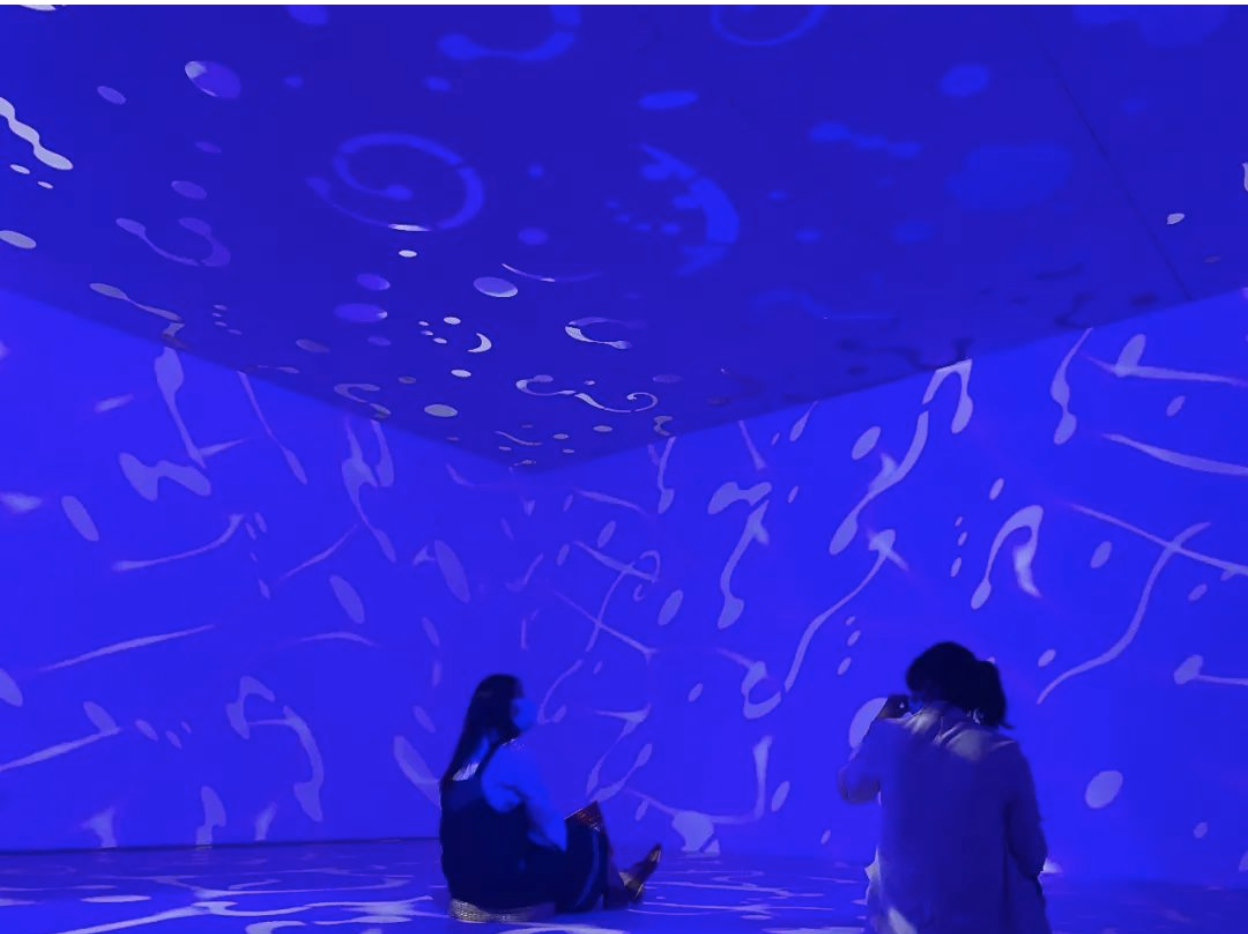 Chen Qi, A Place without Whence or Whither, 2022. Immersive Video Installation, 3×8×4m(h).
Chen Qi, A Place without Whence or Whither, 2022. Immersive Video Installation, 3×8×4m(h).
Chen Qi, Great River (Juchuan), 2022. Copper cloisonne enamel, 124×60 ×40cm.
Fan Di’an, President of the Central Academy of Fine Arts, Chairman of the China Artists Association, and the curator of this exhibition, also commented that Chen Qi was a representative artist in the Chinese art world since the reform and opening up. The most significant feature of his art is that he pays special attention to the study of art theories. From the specific field of printmaking, he has continuously confronted art with a more future-oriented and more accessible artistic expression. He has developed his study into his own academic concept, thus forming innovative themes and determinations of his different stages, as well as the artistic forms that often impressed his peers.

Fan Di’an believes that “carved ingenuity”, “expansion of imprints”, “water psychedelic” and “extension of light” constitute the four important features of Chen Qi’s artistic creation: “carved ingenuity” refers to a dual representation of both the conceptual studies of traditional waterprint woodcut and artistic practices, and Chen’s achievements in research that continuously promote his new ideas in practice; “expansion of imprints” refers to the enhancement and expansion of the artistic language of “imprints”, so that his work transcends the original visual experience to form a grand and spectacular visual scene; “water psychedelic” indicates his expression of water and his philosophical mood. He brought time into the category of plane and space in the process of transforming the actual form of water into the vision of light and shadow, forming a new mood he called “generation and diffuse”, which constituted the freedom and natural state of “One is the child of the divine law. After one comes two, After two comes three, After three comes all things(translated by Xu Yuanchong).” Naturally, the audience has also obtained the spiritual thinking of transcendence; “extension of light” refers to the combination of contemporary science and technology and handmade work, thereby forming a multi-media process such as light and shadow and other multi-media media. When he regards a display space as an independent world, this extension is reflected in a more comprehensive way.
The space constituted by Chen Qi’s work is a world generated by the artist. Among them, the role of light and the psychedelic image of the shadow remove our perception of the daily experience of things, thus we can gain a more purified and spiritual experience. Therefore, it can be said that Chen Qi’s artistic expression is just like the traditional Chinese Zen. Each creation has a motivation for contact with nature. However, in the process of depicting and in the process of installation, the world is not only full, but also purified, this indicates the theme of this exhibition.



Exhibition View
Ji Shaofeng, Director of the Hubei Museum of Art and the Academic Chair of the exhibition, said that Chen Qi conducted his creation in the process of removing technology while reserving technology. After he experienced the confusion period of '85 New Wave, his creation reached one end namely tradition, and the other end formed life. His Ming-style furniture and Guqin emitted a contemporary charm from the traditional technique of waterprint woodcuts. Behind his superb skills there is a strong sense of conceptual support. His work has gone through the process of diversity through a single nature and mixing to purity. Finally, it was concluded as a quiet sea in “2012 Generation and Diffuse.” There’s nothing more left in the image except the detailed presentation of deep, turbulent, strong, and grave water, which strikes a note.


Chen Qi, 2012 Generation and Diffuse (overall and details) , 2018. Waterprint woodcut, 380×4200cm.
This thought that Chen Qi brought to us is very profound. He came from traditional Chinese art and emerged out of it. At the same time, he integrates the status quo of our art development today, to express his contemporary thoughts on society. Chen Qi’s work also allows us to see a strong expression from the generation of artists who were born in 1960s. Chen Qi is not only a Chinese artist, but he also has a worldwide nature in his work. This just returns to the concept of “What’s folk is what’s international” influencing the development of art for many years.
Director Ji Shaofeng also said that there was another special significance with the exhibition, as Fan Di’an was invited to be the curator of this exhibition. Mr. Fan Di’an is not only an internationally acclaimed curator, but he has also related work experience as the curator of art museums. In the field of art museums, he has made important contributions to the professional and regular construction of art museums. He curated this exhibition as well as providing his calligraphy of the title for this exhibition, which is also an important highlight.
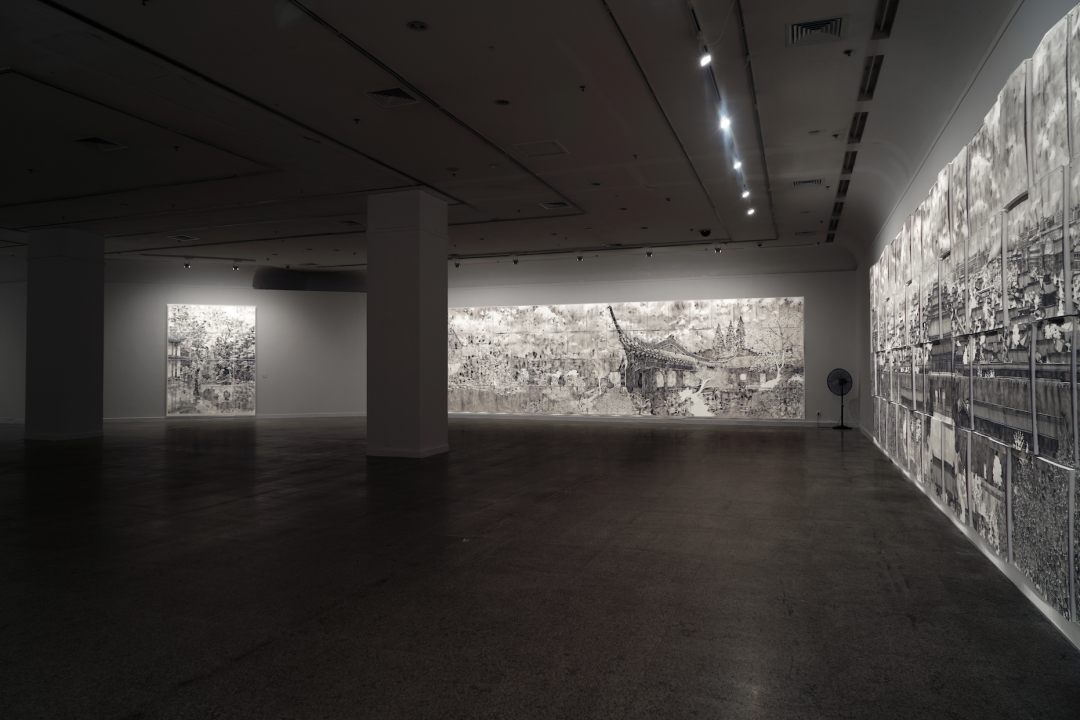



Exhibition View
It can be said that the cultural consciousness and investigating spirit in Chen Qi’s creation showed the unique appearance of Chinese contemporary art creation to the audience in the epochal period. With all the artists promoted by “@WUHAN”, Chen Qi has built the contemporary, academic, literary, inclusive and international culture of Wuhan.
The exhibition specially invited 10 art critics to review Chen Qi’s art, thereby forming a series of observation reports from multiple perspectives. Meanwhile related public education activities will also be organized by the Museum.


Chen Qi, The Everlasting, 2022. HONGQI H9 +Artist CarCourtesy of the Artist and Hubei Museum of Art, edited by CAFA ART INFO.


